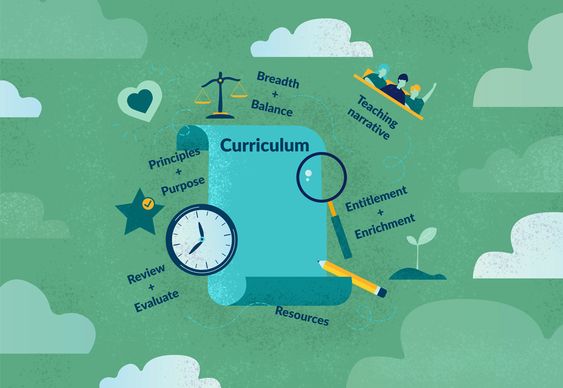Introduction:
Education plays a vital role in shaping the future of individuals and society at large. The curriculum acts as the backbone of any education system, providing a framework for learning and skill development. However, over time, the needs and expectations of society change, making it essential to reassess and restructure the curriculum to better cater to those evolving needs. This article presents a case study examining the successful restructuring of a curriculum in a local school system.
Background:
The educational institution in question recognized a growing disconnect between their existing curriculum and the skills required by students entering the workforce or pursuing higher education. To bridge this gap, they initiated a comprehensive process to assess and restructure their curriculum.
Assessment Phase:
The first step in restructuring was conducting an extensive review of the existing curriculum. This involved examining core content, learning objectives, instructional approaches, and assessment methods to identify gaps and redundancies. Teachers, students, administrators, parents, and local workforce representatives were all engaged in focus groups and surveys to gather diverse perspectives on what was working well and what could be improved.
Planning Phase:
Based on feedback from stakeholders, the institution synthesized overarching themes that guided their approach to reframing key components of the curriculum. These themes included 21st-century skill development (e.g., critical thinking, problem-solving), interdisciplinary connections between subjects, culturally responsive teaching practices, project-based learning methods, differentiated instruction strategies for diverse learners and a focus on social-emotional learning.
Implementation Phase:
With these guiding principles in place, subject-matter experts were tasked with redesigning individual courses within each grade level. Collaboration among teachers was promoted by forming interdisciplinary teams to work on consolidating topics across subjects when possible. Teachers also received professional development opportunities focusing on new instructional models aligned with the updated curriculum goals.
Integration of technology was another crucial aspect of implementation; online platforms were introduced for teaching resources and assignments while incorporating multimedia elements, facilitating interactive learning experiences for students.
Evaluation and Iteration:
After implementation, continuous evaluation and adjustments were introduced to ensure the curriculum remained relevant and effective. Monitoring tools were put in place to track student progress, gather feedback from stakeholders, and analyze data. Adjustments were made in response to this ongoing analysis to further enhance the quality of the educational experience.
Conclusion:
This case study illustrates the significance of conducting a thoughtful and thorough process of restructuring the curriculum in response to evolving societal needs. Involvement of key stakeholders, clear guiding principles, interdisciplinary collaboration, professional development support, technology integration, and ongoing evaluation play a critical role in successful curriculum reform. By incorporating these elements, educational institutions can better adapt their programs to help students flourish in today’s ever-changing world.





